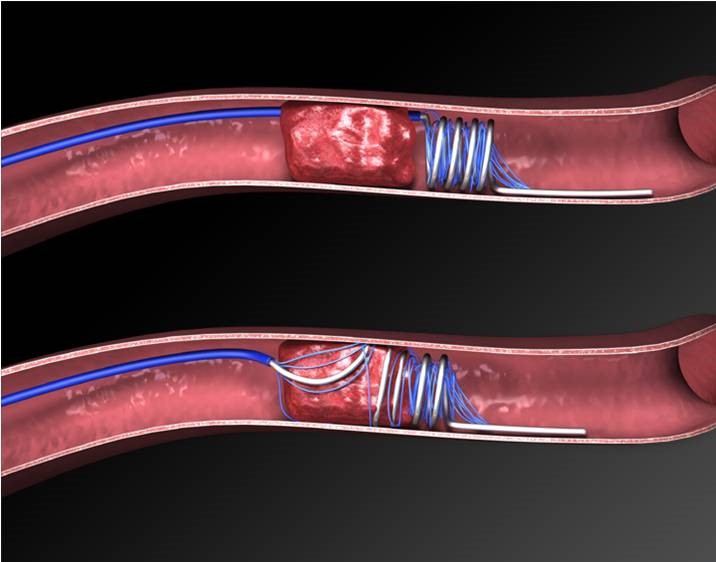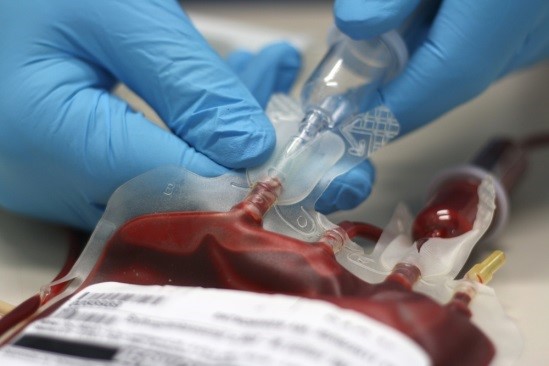Screening for colorectal cancer (CRC) has become established to varying degrees in several Western countries for the past 30 years. Because of its effectiveness, screening has been adopted or is planned in a number of other countries. In most countries, the screening method (e.g., fecal occult blood test [FOBT], sigmoidoscopy) is followed by colonoscopy, for verification. In other countries (e.g., United States, Germany), colonoscopy is the preferred first-line investigation method. However, because colonoscopy is considered to be invasive, might be poorly tolerated, and can be associated with complications, the idea of adopting colonoscopy as the primary screening method suffers. Negative effects of screening methods can reduce participation in programs and thereby negate the desired effect on individual and societal health. At present, there is no generally accepted method either to assess the perception and satisfaction of patients screened or the outcome of the screening procedures in CRC. In this review, we discuss the past development and present availability of instruments to measure health-related quality of life (HRQoL), the scarce studies in which such instruments have been used in screening campaigns, and the findings. We suggest the creation of a specific instrument for the assessment of HRQoL in CRC screening.
Publication





















